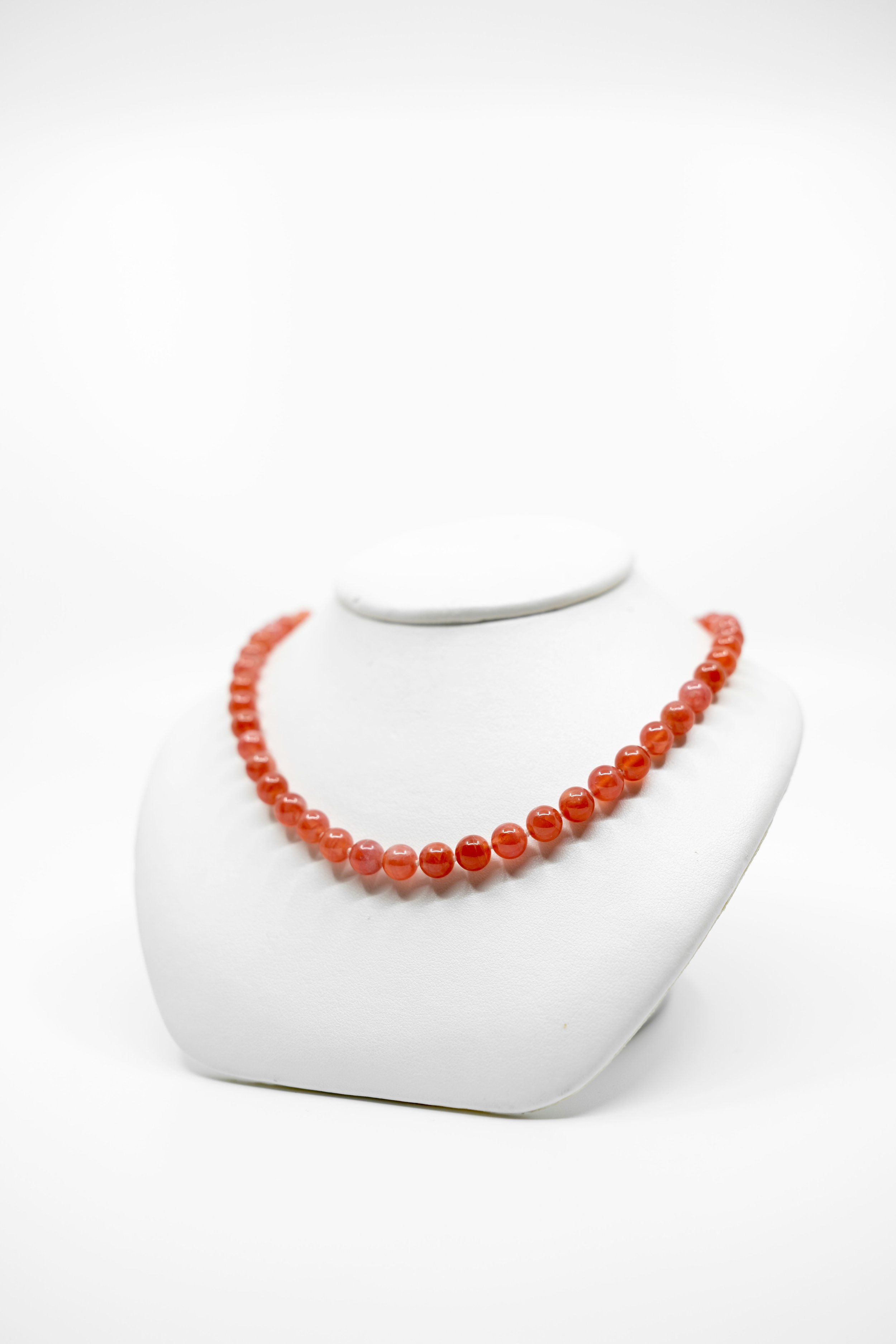The Incas Mine Rhodochrosite
This gorgeous pink crystal traces its history to the Capillitas Province of Argentina. The Capillitas Mine continues to boast undisputed massive quantities of this highly prized gem.
To this day, the mine produces beautiful banded slabs coveted by jewellers and collectors. Hanging from the ceiling and jutting up from the floor of this ancient cave, massive crystal formations in various shades of banded raspberry pink have captivated mankind for millennia.
When the Incas discovered the red crystals, they regarded them as the blood of their fallen rulers transformed into stone. According to historians, the first mention of rhodochrosite appeared in 1873, when writers named the Argentinian specimens Inca Rose.
The Incas mined not only the beautiful gemstone, but also silver, up until the 1500s. Later, Jesuits in search of copper, silver, and gold excavated in the mine during the 1600s and 1700s.
European Interest
During the 1850s, mining operations based in Germany, England, and Spain took over the Argentina mines. Located at an elevation of 10,000 feet, mining at the Argentine site proved challenging.
At that time, the German geologist Dr. Franz Mansfeld discovered a deposit from which he mined 10,000 pounds of rough rhodochrosite. This discovery led to an influx in demand in Europe. Lapidarists carved the stone into small figurines which rose in popularity.
Sources:
“Rhodochrosite History.” EraGem, eragem.com/news/rhodochrosite-history/#:~:text=Rhodochrosite%20draws%20its%20name%20from,into%20jewelry%20made%20with%20silver.

